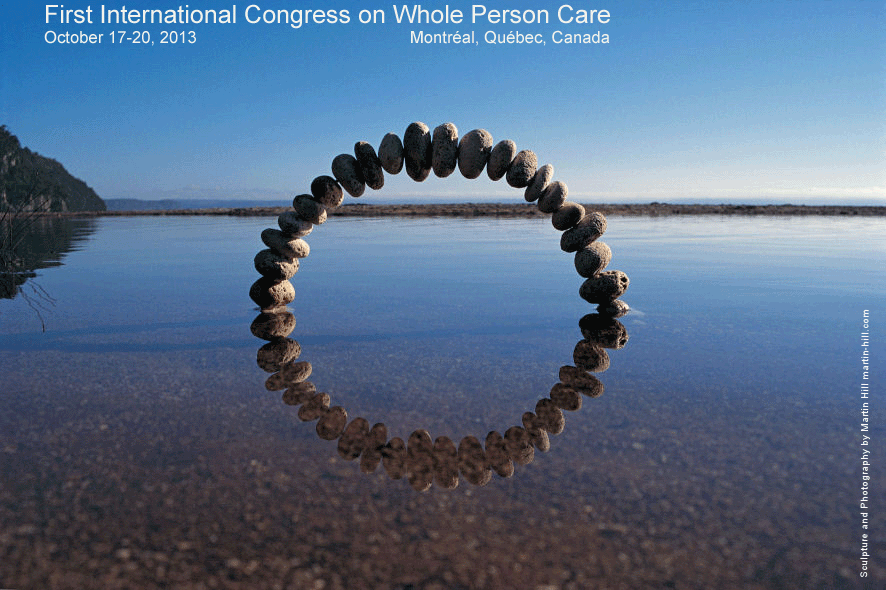The Information Senses of Whole Person Care: A PatientsLikeMe.com Case Study
Main Article Content
Abstract
Objectives: Whole Person Care (WPC) situates the act of curing within a larger framework of healing, in which meeting psychological and social needs of patients during times of illness are also considered integral to patient outcomes and wellbeing. That is, WPC entails greater attention to how information behaviors can balance competing biological, psychological, and social dimensions of patient care within the therapeutic relationship (Hutchinson, 2011; Kaslow et al., 2007; Donadio, 2005, Mount, 2003). But what role does documentation play in patient-provider communication and meeting the biopsychosocial needs of patients via WPC? This poster visually represents a content analysis of data collected from PatientsLikeMe.com using Marchionini’s (2010) Information Sense Framework to reflect upon the role of personal health information management in WPC.
Methods: Over an 8-month period starting in September 2010, the researcher engaged in participant-observation within PLM’s Mood Disorder Community, a social networking site and research platform for patients. Grounded Theory (Charmez, 2006; Strauss and Corbin, 1987) was used to analyze site members’ virtual interactions and evaluate the subjective impact of maintaining and sharing a public personal health record (PHR) with off-website care providers.
Results: Observations confirm Information Senses is viable for interpreting the WPC functions of PHR. Site members described online PHR as effective self-management tools, by helping patients visualize, track, and understand changes in their health between visits; and enhancing the subjective quality of provider-patient relationships and communication during visits.
Conclusions: Maximizing potential benefits entails reconceptualization of medical documentation beyond diagnostic, care-coordination, and audit functions for care providers exclusively. PHR also serve communicative and reminding functions that are underexploited. Leveraging documentation to enhance the quality of communication and trust between patients and care providers, through patient-accessibility health records for example, offers a viable route towards the realization of WPC and meeting biopsychosocial needs efficiently.
Article Details
Authors retain copyright and grant the journal right of first publication with the work simultaneously licensed under a Creative Commons Attribution License that allows others to share the work with an acknowledgement of the work's authorship and initial publication in this journal. Creative Comons 4.0 CC-BY
Authors are able to enter into separate, additional contractual arrangements for the non-exclusive distribution of the journal's published version of the work (e.g., post it to an institutional repository or publish it in a book), with an acknowledgement of its initial publication in this journal.
Authors are permitted and encouraged to post their work online (e.g., in institutional repositories or on their website) prior to and during the submission process, as it can lead to productive exchanges, as well as earlier and greater citation of published work (See The Effect of Open Access).
